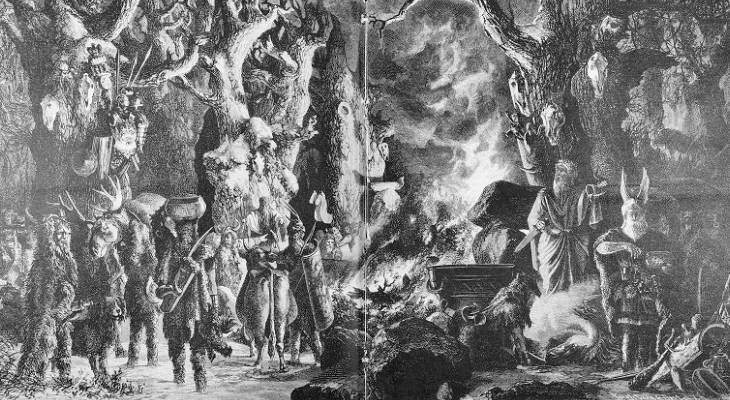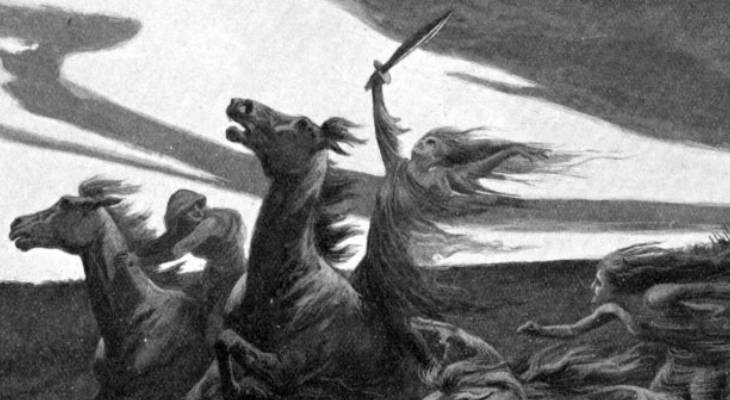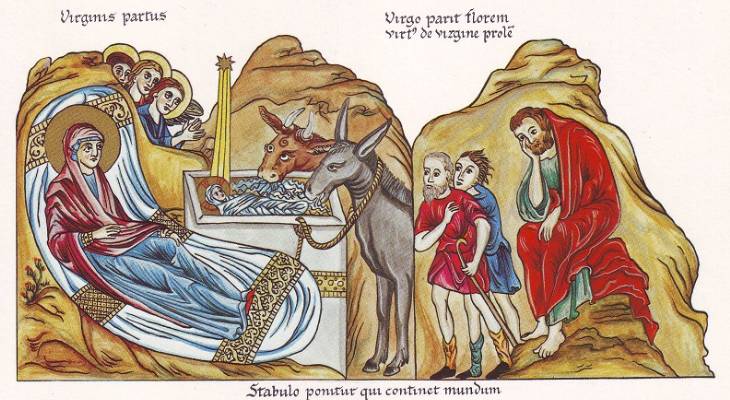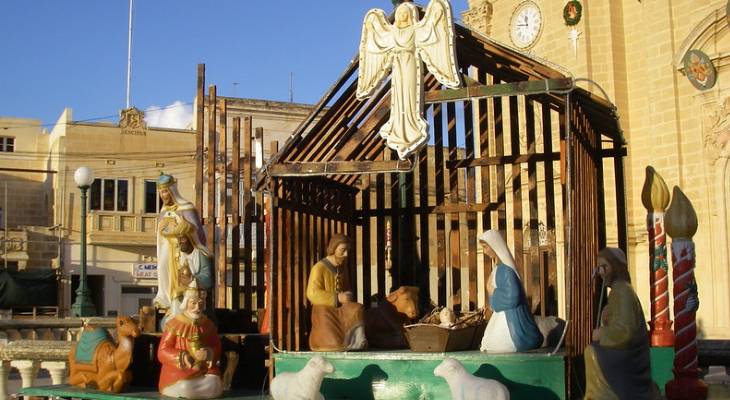Happy Yuletide! But what is it really and what does it have to do with Christmas?
You will have heard about Yule in the Christmas carol Deck the Halls: ‘Troll the ancient Yuletide carol’ and ‘See the blazing yule before us,’ it sings, yet we barely question what those lyrics are referring to. So what is Yule and how does it tie in with Christmas?
Yuletide

Wikimedia Commons / Illustration of an ancient Nordic Yule festival (Die Gartenlaube, 1880)
Yule or Yuletide (Yule time) was originally a nordic pagan festival celebrated from 21 December to 1st January. It was connected with the germanic Wild Hunt, the Anglo-Saxon Mondranich and the Roman Sol Invictus. The European folklore and mythology surrounding Yule all offer symbols relating to the confrontation of the dark nature as a process of initiation into the light.
The Wild Hunt
![Asgårdsreien [The Wild Hunt of Odin] (1872) by Peter Nicolai Arbo](https://www.guidememalta.com/loadimage/DAA72046-8FF6-4C7A-801F-EDF70868812F)
Wikimedia Commons / Asgårdsreien [The Wild Hunt of Odin] (1872) by Peter Nicolai Arbo
The Wild Hunt depicts a fearsome supernatural group of hunters in wild pursuit. Ancient pagans engaged in ecstatic practices connected to the god Odin, who in Norse mythology is associated with battle and victory, death and healing, dark magic and wisdom. Contemporary pagans see the goddess Hecate as the leader of the hunt, who in Greek mythology is associated with crossroads, poisonous and healing herbs, death and entrance-ways, dark forces and light.
Modranicht

Anglo-Saxon pagans performed ritual sacrifices on Mōdraniht or Modranicht (Old English ‘Mothers' Night’), what is now Christmas Eve, spilling blood to bless the land with good harvest.
Sol Invictus

Wikimedia Commons / Mosaic of Sol in Mausoleum M in the Vatican Necropolis
Meaning ‘Unconquered Sun’, Sol Invictus was the sun god of the later Roman Empire and a patron of soldiers. Roman emperor Aurelian officialised the cult on 25 December AD 274.
The golden thread that ties them all is self-evident, especially when considering that 21 December is the winter solstice, when the longest night marks the beginning of the gradually lengthening days and increased sunlight.
Christmas

Wikimedia Commons / Nativity of Christ, medieval illustration from the Hortus deliciarum of Herrad of Landsberg (12th century)
Yuletide is now widely recognised as the Christmas season. During the Christianisation of Europe, as we have seen with Halloween, many Christian feasts took over many such pagan festivals. In the fourth century, the church decided to celebrate the birth of the Lord Jesus Christ with a 12-day feast called the Epiphany or the Feast of the Nativity. With Christ’s birth seen as conquering the darkness of sin to bring new hope, life and light, it is clear why Yuletide was chosen to correspond to ‘the twelve days of Christmas’ and the feast of Sol Invictus on 25th December (Dies Natalis Invicti) as Christmas Day.
The marriage of Yuletide and Christmas
![By Robert Chambers - The Book of Days (1864), p. 734.[1], Public Domain, https://commons.wikimedia.org/w/index.php?curid=5278707](https://www.guidememalta.com/loadimage/B8F0DAFC-7CFA-4801-B644-B25C8012AF1A)
Wikimedia Commons / Robert Chambers - The Book of Days (1864), p. 734
Western Christmas celebrations have appropriated various characters, traditions and symbols to create the Christian holiday we know today. Yule logs turned into log-shaped cakes called Christmas logs, for example. Most people don’t care about the origin of the traditions or their association with paganism, it’s just part of a traditional celebration.
Christmas in Malta

Flickr / indietravel
Once upon a time, Catholic Malta was itself a pagan paradise. The Megalithic Temples of Malta, with their shape, astronomical alignment, artifacts and evidence of ritual sacrifice, strongly point to pagan practices such as nature worship, pantheism and polytheism.
In the 7,000 years of Malta’s history, it is only since the shipwrecked St Paul brought Christianity to the island in 60AD that the island’s inhabitants adopted monotheistic religious traditions. In fact, some scholars insist that the locals’ deep devotion to Mary, the holy mother, and many of the local festa traditions stem from an attachment to those ancient pagan origins.
It may be worth noting that Christmas as we know it in Malta has only been celebrated as we know it within the last few generations. My own mother recalls that, when they were young, they were the only Maltese people in her street with a Christmas tree, and that was because they lived among the British naval families. She fondly recollects that they hung chocolates instead of baubles, but would eat them out and leave just the foil hanging by the time Christmas Day arrived. Sweet!